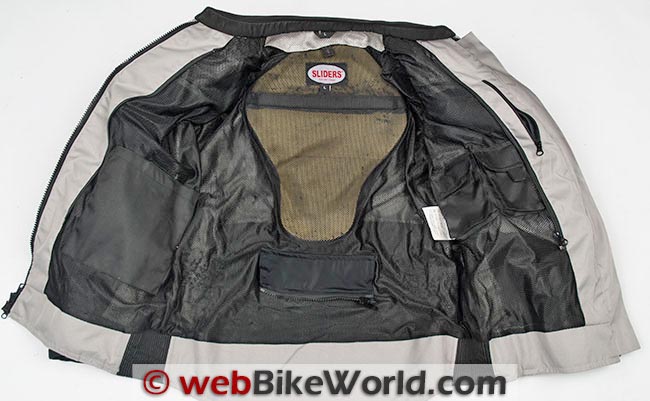The Sliders All Season 2 jacket is a very good combination of protection and versatility for comfortable multi-season riding conditions. Compromise. That’s the first thought that comes to mind when I hear the phrase “All Season”.
When applied to motorcycle tires, it means they are designed to cope with various conditions…but may not excel in any single one. The same typically applies to motorcycle riding gear, in my opinion. For example, the Sliders All-Season 2 jacket and pants were very interesting to me when I first saw them, but I did have limited expectations as to how they would perform in extremes of weather conditions.
Over the past several of months I have had a chance to evaluate the Sliders All Season 2 jacket to find out how it performs in a wide variety of weather conditions, and this is my report. The Sliders brand is the house label for Competition Accessories and the Sliders gear includes Kevlar for extra abrasion protection.
I have reviewed several Sliders products on webBikeWorld, so be sure to read those also.
The range includes gloves, jackets, and pants with pants encompassing jeans, khakis, cargos, and textiles in solid and mesh form. The brand is competitively priced and what I’ve seen from them so far they offer good value for the money.
Do the All Season 2 pants with Kevlar follow this good “bang for the buck” tradition?
“All Season” Motorcycle Clothing Issues and Compromises
Two approaches are typically used to make mesh motorcycle apparel effective for use in a variety of weather conditions.
One method to include removable waterproof panels that reveal mesh sections underneath.
The other to use a (mostly) all-mesh shell design with a liner to provide water- and wind-proofing, and perhaps a separate liner for insulation.
The primary benefits of the removable panel approach is that the panels are typically compact and easy to stow in pockets or bags and they don’t have a significant affect on the fit of the garment when removed or installed.
The drawbacks, however, are a potentially more complex design to allow for the various zippered sections.
These areas can be potential points of failure for the waterproofing ability (as well as jammed zippers). Also, when the panels are removed, they may only offer limited mesh coverage and ventilation.
The removable liner approach has its own issues; for example, a full liner or multiple liners can be more difficult to stow when not in use and they change the fit of the jacket when they are removed.
On the upside, a liner can provide a more solid layer of protection from the elements without the potential multiple points of failure possible with removable panels.
Also, the main jacket shell can contain more mesh area for more effective hot weather usage when the liners are removed.
Sliders All Season 2 Jacket Shell
At first glance, the Sliders All Season 2 Jacket With Kevlar looks like a typical short length summer mesh riding jacket, but a closer look reveals that it’s actually a disguised 3/4-length.
The styling is more subdued — more like an adventure-touring type of jacket — with subtle branding via an embroidered “Sliders” logo on the left front pocket flap.
The entire front and rear of the jacket are constructed from mesh.
The sleeves are roughly 60% mesh and 40% black solid textile, with the textile covering the outside of the forearm and elbow as well as the shoulders.
The mesh is called “Moto Ballistic Mesh” and the solid fabric is termed “Nylon Poly” by Competition Accessories. However, the inner label of the jacket simply lists polyester for the outer shell and inner lining.
The All Season 2 Jacket With Kevlar is available in four colors: Silver, Blue, Hi-Viz Orange and Yellow. The colors are found on the mesh sections, and this gives the colored sections a large amount of surface area.
This works well especially for the visibility-conscious rider, especially with the Hi-Viz Orange or Yellow jacket colors.
Between the front and rear sections of the jacket are accordion-pleated stretch panels that run the full length from under the arm to the waist.
The interior is lined with a soft and thin polyester mesh with a nice open weave; holding up the jacket to a light source it becomes evident how much air this jacket can flow.
Pockets
There are several pockets on the All Season 2 Jacket With Kevlar, including two chest pockets, two hand-warmer style pockets, and a pouch pocket on the back which could be used to stash one of the liners (although it’s a tight fit).
All of these outside pockets use YKK-branded zippers with small rubbery pulls which make them easy to grasp with gloves.
There are more pockets on the inside of the jacket, with two small cell phone sized pockets on left and a larger 15×15 cm (6×6 inch) pocket on the right that all use hook and loop fastener for closure.
There is also a map pocket on the left side just inside of the main zip which does use a zipper closure.
Unfortunately none of the pockets are waterproof. The interior pockets, which at first glance might appear water-resistant, are backed with the same mesh used for the interior lining. In one way this makes sure that as much air can flow through the jacket as possible.
However it would have been nice for at least one pocket (the map pocket, for instance) to have been made waterproof.
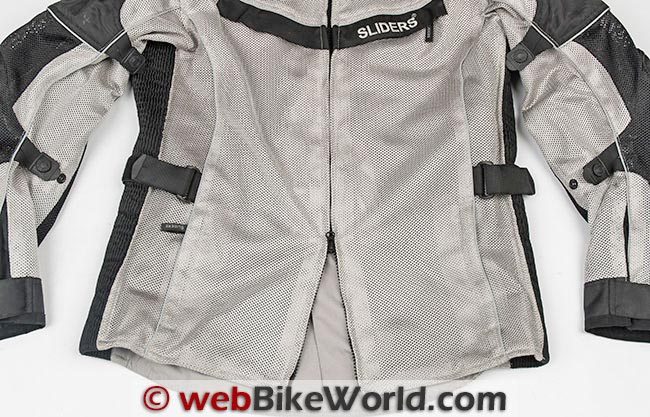
Zippers
The main zipper of the All Season 2 Jacket With Kevlar is a large-pitch YKK dual type with a rubber zipper pull. The zipper seems very heavy-duty and the dual (two-way) zipper heads are an excellent addition considering the length of this jacket.
The dual zipper allows the bottom of the jacket to be opened for a better fit, depending on your riding position.
I tend to lean forward a bit on my Triumph Sprint and being able to open the lower zipper keeps the jacket from getting scrunched up.
Build Quality
The Sliders All Season 2 Jacket With Kevlar certainly feels very solid and rugged for a mesh jacket. Weighing in at 2.35 kg (5 lbs., 3 oz.) for the size large with the included armor certainly has something to do with it but it goes a bit beyond that.
The mesh outer shell is not quite as soft as other jackets I have worn and it has a rougher and more rugged feel as well. The overall construction seems well done, with good uniform stitching and double stitching used in potential stress areas. The jacket just feels more protective when I’m wearing it than any other mesh jacket I’ve worn. This is partly based on the weight and probably also due to the extra coverage provided by the 3/4 length.
All is not perfect though, as I did find a couple of issues.
The first is that the glue used to hold the rubber zipper pulls together seems rather weak; one of them came undone during the second ride when I wore the jacket and another came undone a few rides later.
One of these was the main zipper pull (which is why it doesn’t appear in the photos), and while this problem doesn’t affect the performance of the jacket overall, it does diminish the convenience that the rubber pulls are designed to impart.
One of the photos actually shows one of the zipper pulls in the process of separating.
The other issue was that the rearmost of the two cellphone-sized interior pockets wasn’t finished correctly; it was sewn half-way closed.
This is more of a quality control issue than a design problem but one that is disappointing considering how well the rest of the jacket is put together.
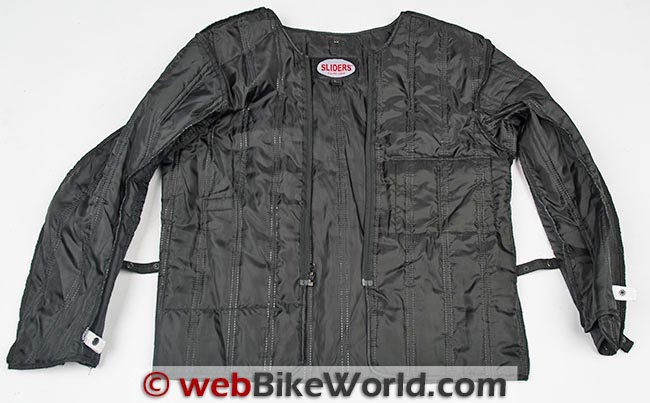
Protective Features
I mentioned that the All Season 2 jacket feels very protective and I believe it is, for a mesh jacket. For starters, the shoulders and elbows are protected with CE-rated (claimed) rubber (or rubber-like) padding.
It feels solid enough, while at the same time it is pliable enough to be comfortable.
The protectors are removable via hook-and-loop fastener openings in the liner to facilitate cleaning of the jacket and this also makes it easy to upgrade the protectors if desired.
Included with the jacket is a CE-rated (claimed) back protector made of dual density foam. While this back pad is rather stiff, it still offers better protection than the simple foam pads that often come pre-installed in riding jackets at this price point (or higher points sometimes).
This armor is also easily removed and can be upgraded or removed in favor of a standalone back protector.
(Editor’s Note: I added the “claimed” wording because the clothing item or the protectors must come with a pamphlet identifying the authorized laboratory who conducted the tests or it is not officially CE approved.)
In addition to the included protectors, foam padding is present in the jacket shell at the elbows and shoulders and there are three chevron-shaped pads on the back. The foam is about 6 mm (1/4″) thick and it is soft and pliable. It may not absorb a lot of impact, but the addition is welcome.
As with most Sliders products, Kevlar is used for extra abrasion resistance in areas of potential impacts. In this jacket, Kevlar is present between the outer shell and the lining at the elbow and forearm areas as well as at the shoulders.
The “Moto Ballistic Mesh”, as Sliders calls it, used in the All Season 2 jacket feels tougher than the soft mesh materials used in other jackets and as such, it might make an effective hot-weather adventure jacket where occasional off-roading is on the agenda.
Certainly the mesh still has the potential to snag and tear when riding through tight areas that might include tree limbs and brush, but I think it will stand up better than most other mesh materials I’ve run into.
For nighttime visibility there is retro-reflective piping running all around the perimeter of the jacket. The piping runs up the side of the torso and then down the arms with an additional strip running across the tops of the two chest pockets.
On the shoulders and on the back just below the collar are small triangular shaped reflective patches with the sliders logo on them.
Note that the photos on the Competition Accessories website show the back patch above the waist instead of on the upper back.
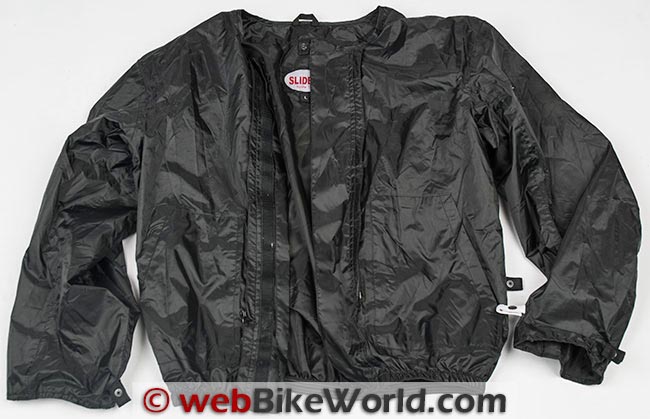
Fit, Sizing and Comfort
The All Season 2 jacket in size large regular fits similar to most of the other size large jackets from major manufacturers I’ve tried. The arms do seem a little long by about 25 mm or so, but that is not bothersome for me.
The mesh inner lining isn’t the softest I’ve felt, but it isn’t uncomfortable.
It’s most notable in the area around the forearm sleeve adjuster, since it will hold the sleeve close to the skin here.
The sleeve cuffs have a nice, large 33 cm (13″) opening, which should accommodate most any type of glove gauntlet. The cuff can be adjusted down to about a 23 cm (9″) opening using the hook-and-loop flap adjuster.
The sleeve opening has a 15 cm (6″) gusseted section to expand or contract as the cuff opening is adjusted.
The sleeve cuffs are finished at the ends with a soft microfiber-like material, which is nice when wearing short cuff gloves in the summer.
The collar doesn’t have a closure system; it is designed to sit a bit loose (depending on your neck size). The material it is made from feels smooth like nylon but at the top edge is a softer and slightly stretchy material.
Personally, I prefer a collar that I can adjust, as it helps prevent unwanted guests down the front of the jacket (you bees and wasps know who you are!).
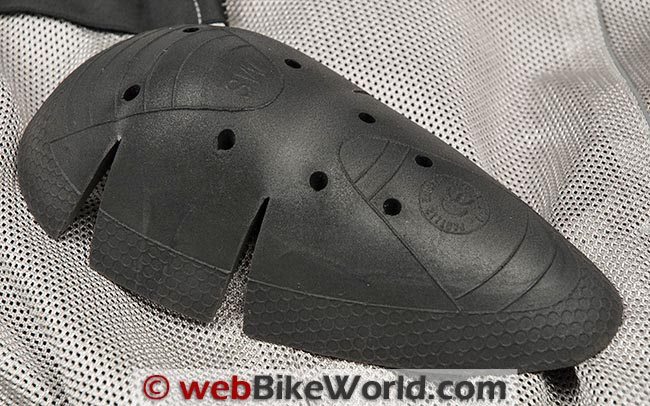
Jacket Shell Adjustments
Mesh jackets often tend to feel very loose and even a bit “sloppy” due to the very flexible nature of the material, but the heavy-duty construction of the All Season 2 Jacket With Kevlar provides a more solid feel.
Also there are two adjustment straps about halfway down on each side that let one adjust the fit across the torso which add to the secure feel.
These torso adjusters are something I believe should become more common on textile jackets. Rick pointed out in the REV’IT! Levante jacket review how a cumbersome liner can affect fit.
Thanks to the adjustable nature of the All Season 2 jacket, when the liners are installed or removed it is easy enough make a quick adjustment to the shell to re-gain the proper fit again.
The sleeves also have adjustability by way of two three-position snap adjusters to keep the sleeves snug and to help keep the elbow armor in place.
These and the torso adjustment straps also make it easy to adjust the overall jacket fit when one or both liners are installed, as these can add some bulk.
The ability to adjust the fit across the torso is a good feature but it also can emphasize the rather stiff feel from the included back protector.
Some riders may not mind it — and after I while I didn’t really notice it much — but the protector can be a nuisance if it sits the wrong way on your back.
When used without the liners, the mesh material in the jacket flows huge amounts of air; I would say it is on par with the Joe Rocket Phoenix jacket (review), which has always been at the top of my list for good air flow.
The All Season 2 Jacket With Kevlar has an advantage over the Phoenix with extra protection in the form of the more secure-feeling textile, backed with Kevlar.
 Jacket Liners
Jacket Liners
The All Season 2 Jacket With Kevlar comes with two liners. One is water- and wind-proof, while the other is a simple quilted insulating liner.
The wind- and water-proof liner can be used in the jacket by itself or the insulating layer can be added underneath.
The wind- and water-proof liner attaches via two zippers in the front to the jacket shell along with an elastic loop at the top of the back.
The same style loops are also used for securing the ends of the liner sleeves near the cuff of the jacket sleeves.
There are two snaps at the end of each sleeve and they are color-coordinated with the elastic loops in the jacket to ensure the sleeve doesn’t twist when attached.
This liner can be worn by itself for use as a lightweight windbreaker or raincoat and it even includes a couple of hand-warmer pockets for this purpose.
Of course, for a little extra warmth, the quilted liner can be installed as well in the wind-wind-proof liner, making a perfectly useful (if not particularly cool-looking) street jacket.
The waist of the wind- and water-proof liner is elasticized and rubberized to help prevent wind and water from finding its way up under the liner when on the road.
However, I feel something similar should have also been done at the collar. Since the collar of the jacket and the liner do not have a way to snug them around the neck, water can get down inside of the liner.
The amount will vary of course depending on the particular motorcycle, windscreen or riding position, but it still is a potential place for water to make its way in.
Despite the neck opening potentially affecting the waterproofing, the rest of the liner is waterproof and definitely wind proof.
As such, even wearing the liner indoors in an air conditioned room can become a stuffy and sweaty situation; it is best used when temperatures are cooler.
Try using the liner in a summer rain shower and it will keep the rain out, but it will also keep the sweat in.
The insulated liner is relatively light weight but it does give that extra bit of warmth when the temperatures really drop, down to around 10 C (50 F) or even down to 5 C (40 F).
It also has pockets on the inside which are duplicates of the inner pockets of the main jacket, sans the map pocket. In this case the pockets are sewn correctly compared to the one odd pocket that was half sewn shut in the main jacket.
What is interesting is that insulated liner has three snaps that attach to the water- and wind-proof liner instead of the one snap loop like the other liner. The snaps are also present in the main jacket as well, suggesting that the insulating liner can be used without the wind- and water-proof liner.
I tried this just to see how well it works and, well, it doesn’t. If you are standing around or stopped at a traffic light, it does add some warmth, but start moving and the warmth disappears.
Without the wind-blocking capability of the windproof liner, air passes right through the quilted insulating liner and instantly cools you, negating any warmth it was bringing to the party.
Conclusion
Compromise. I started this review with that word and I stand by it. I’m not saying that the All Season 2 Jacket With Kevlar is bad; quite frankly I think it is an excellent mesh jacket.
In combination with the Sliders All Season 2 Pants With Kevlar (review), they make a very good two-piece summer riding suit to wear over work clothes, thanks to their design. The compromise comes in when the weather is just a little cool or warm and wet.
In these situations the water- and wind-proof liner can become a liability, as it doesn’t breathe and can end up trapping a lot of moisture.
For use in commuting or other short jaunts this may not become an issue but longer rides in the right (or wrong) conditions can become too warm or too cold without a happy medium.
I think there are two main types of motorcyclists who will appreciate this jacket.
For the budget-conscience rider who needs one jacket to do it all, you would be hard-pressed to find a more versatile garment than the All Season 2 Jacket With Kevlar for the money.
It might feel a bit warm at times but you will have one piece of kit that will work for most (if not all) of the time.
The other rider is the one looking for a mesh motorcycle jacket that doesn’t skimp on protection and yet still flows lots of air.
With occasional use of the liners, you should be fine, as long as you also have some dedicated rain gear for when the weather really turns nasty.
Next: Part 2 – Sliders All Season 2 Pants Review
Owner Comments and Feedback
See details on submitting comments.


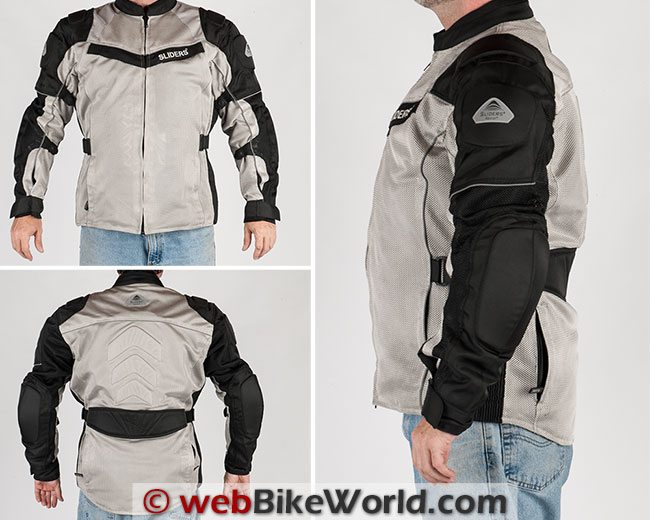
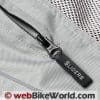
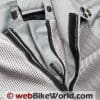
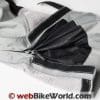

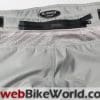
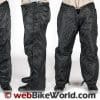
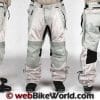
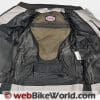
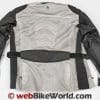
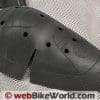
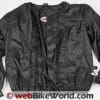
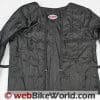
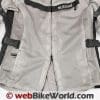

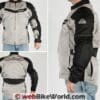
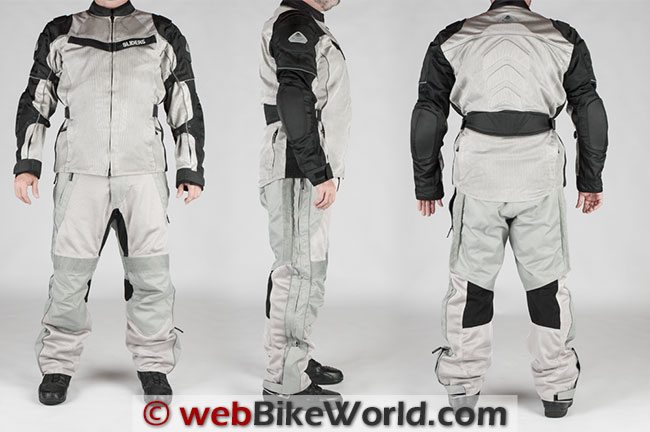
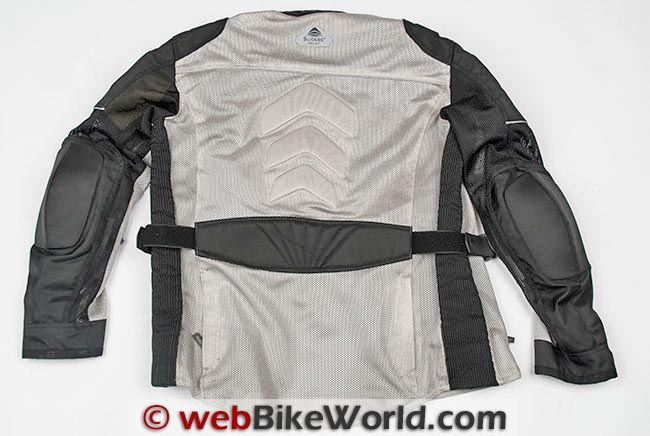 Jacket Liners
Jacket Liners